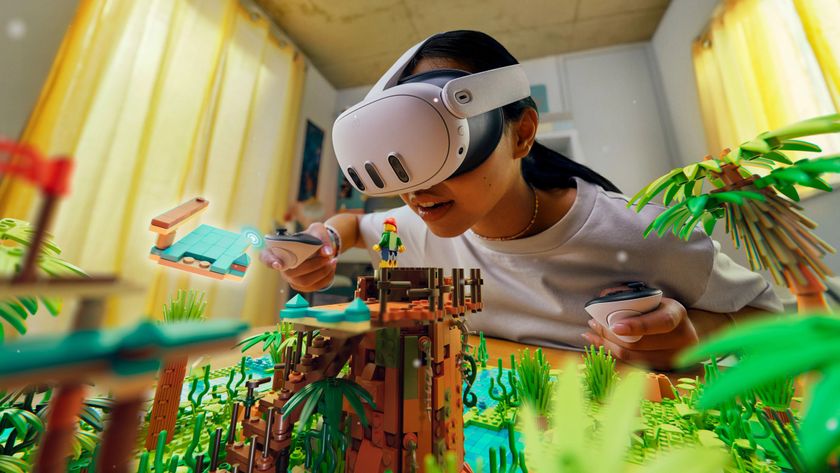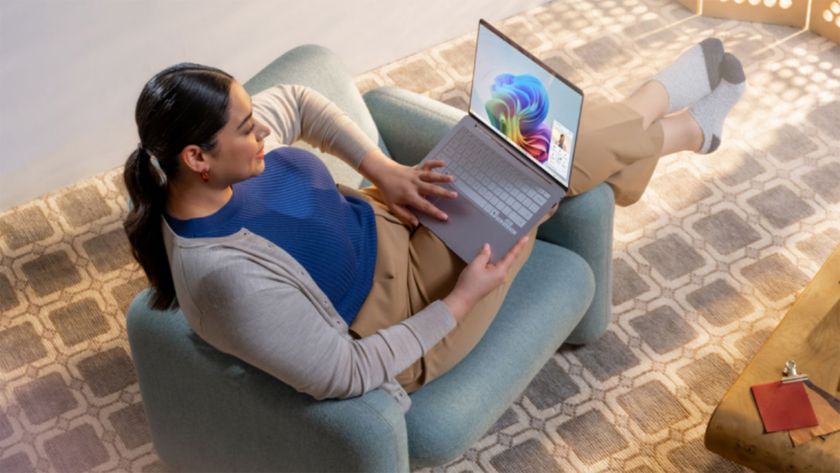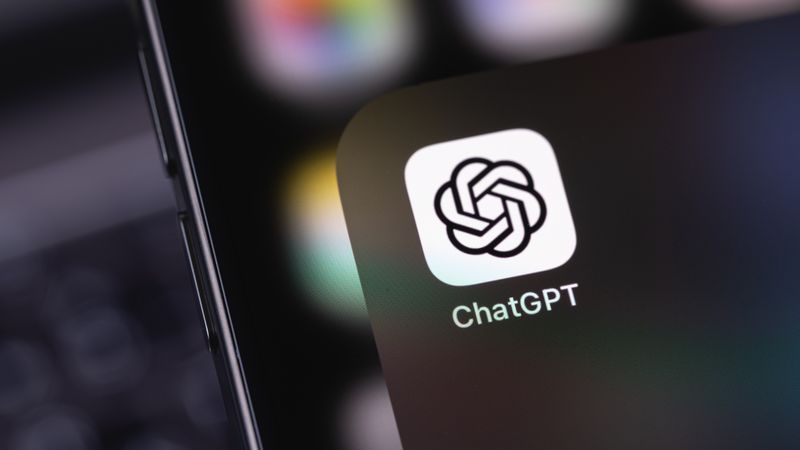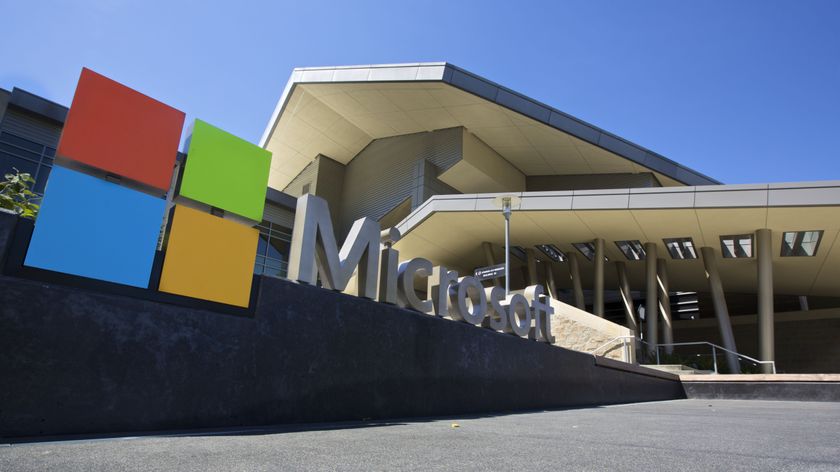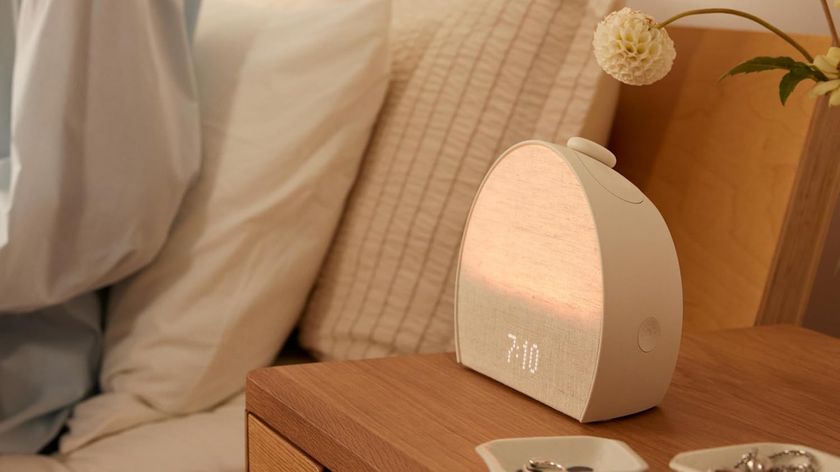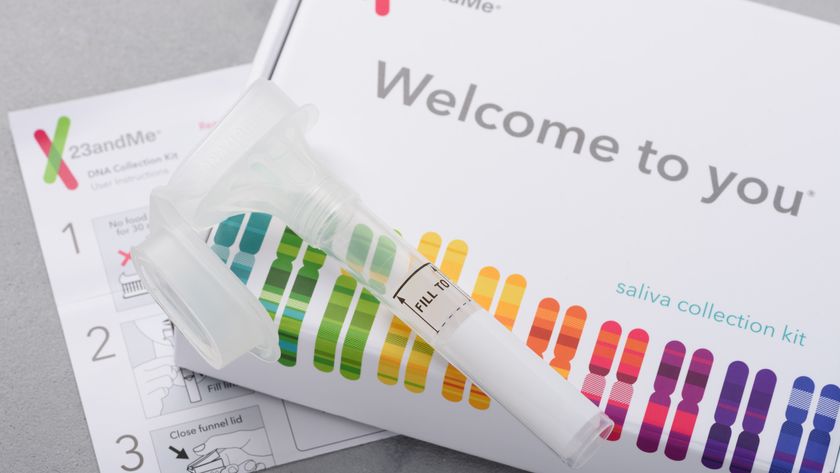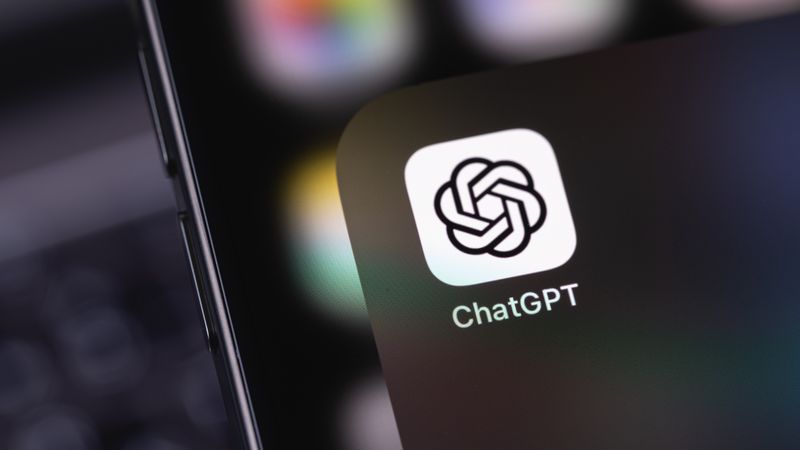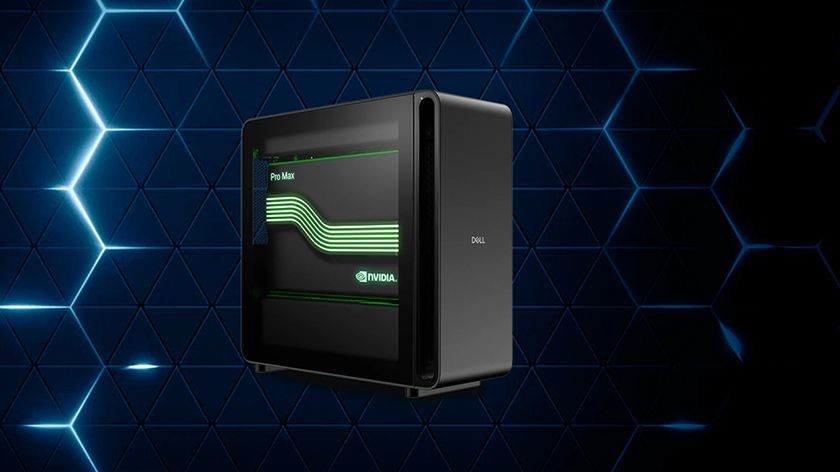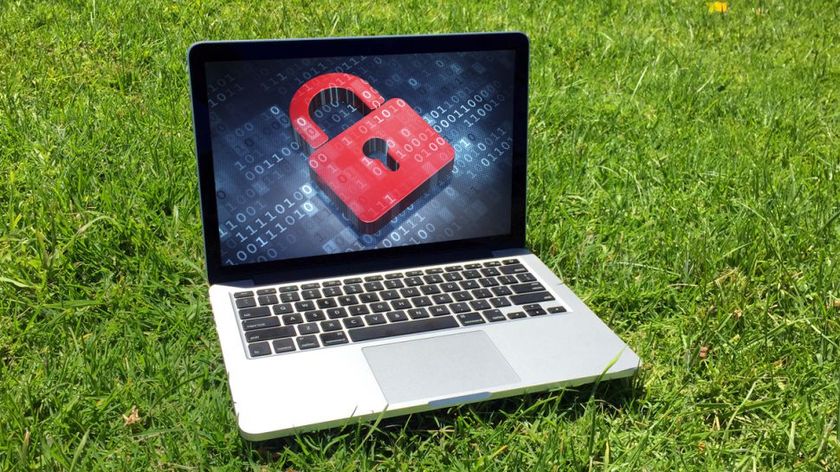10 high tech ways supermarkets are becoming snooper-markets
How your buying and browsing habits are monitored
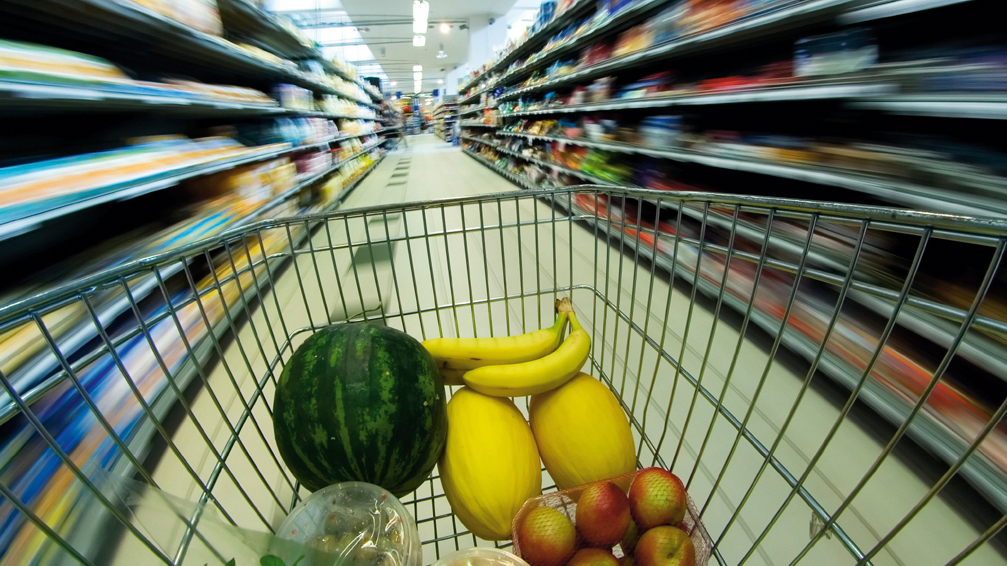
How much do you know about what a store does to track you? In the past few years, technology has advanced to the point where sensors know when you are standing in front of the dress shirt aisle and can feed you a relative ad. When you move, they can track the direction of your phone.
Fortunately, most of the tech is "opt-in" and avoids the trap of privacy. In most cases, you agree to the terms when you download the app - although you might be surprised to learn how much you're giving away, and how accurate this monitoring can be.
So read on for 10 ways that the stores your shop at are tracking you...
1. Swirl
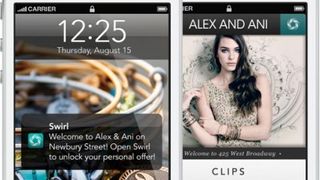
The Swirl app tells retailers who's visiting their stores, and can even send discounts when someone walks in. Accurate within about 90 metres, this app uses Bluetooth Low Energy sensors installed around the store. The small battery-powered sensors transmit a signal to an app on the phone (for now, iPhone only - Android phones do not support Bluetooth Low Energy yet).
2. PointInside
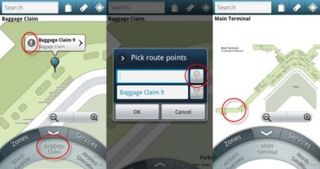
This service is unique in that it is not a data collection tool or an app. Instead, it's more like a solution provider or aggregator, and stores can produces their own branded apps using PointInside technology to display store maps, product info, and discounts.
The service works with disparate location tech like Wi-Fi fingerprinting, Bluetooth and the phone's accelerometer. For tracking, it enables the "blue dot" of customer awareness. Customers can see where they are in the store, and use a waypoint to find a specific item.
3. ByteLight
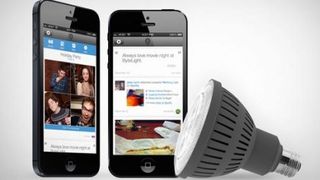
Currently in closed pilots, this technology doesn't rely on GPS or mapping data. Instead, the company works with LED lighting companies to install their software. The lights transmit a specific frequency, which can be read by a branded app in the store.
Get daily insight, inspiration and deals in your inbox
Sign up for breaking news, reviews, opinion, top tech deals, and more.
Stores don't have to invest in sensors or trick customers by using Wi-Fi fingerprinting techniques. The technology is accurate within one metre, so when a customer stands in front of the shirt aisle, a store can send a discount on the matching trousers. First public tests will debut this year.
4. IndoorAtlas
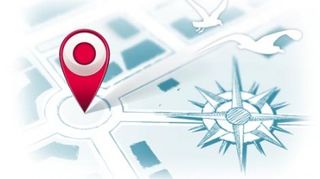
As if using the lights in the store is not already advanced enough, IndoorAtlas reads the slight fluctuations in the magnetic field of the compass in a smartphone. That means, when the tech debuts this year, stores can track the location within a few centimetres. When you pick up a tool at a hardware store, the app might recognize you are in that section and send a deal on nails.
5. Shopkick
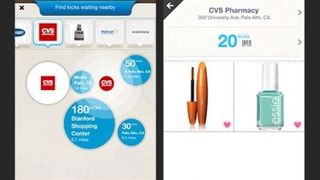
Shopkick (iOS, Android) might not be as accurate in locating and tracking customers, but it is novel. The app, which has a heavy focus on gaining "kicks" in a store to earn gift cards, reads a unique sonic pulse at the entrance of a store.
When you walk in, you start the app. Within seconds, the app recognizes where you are. The advantage to the store is that they don't have to rely on GPS or Wi-Fi fingerprinting. For the consumer, it's a gamification of the shopping experience.
6. Swipely
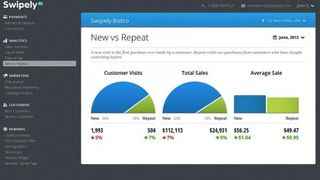
Tracking isn't always about knowing where your customers go in a store. With Swipely, it's about tracking and analysing sales. The merchant kit includes mobile apps and a credit card reader.
Stores can compare sales to first-time customers versus repeat customers, track who made the most purchases, and when customers make the most purchases.
7. Euclid Analytics
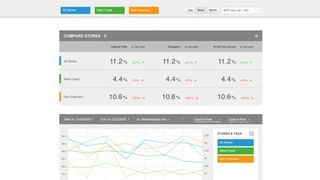
The most controversial tech of the bunch: Nordstrom came under fire for using the technology earlier this year. This analytics engine reads the ping from mobile devices looking for Wi-Fi networks.
By crunching the location data, stores know where people go the most often, how long they stay, and where they linger. The technology scrambles the MAC address of customers so it does not track specific users. The tech also doesn't use an app or require a connection.
8. Qualtrics

Most of the customer tracking services collect data without bothering the actual customers or providing some clear benefit. Qualtrics is a bit different. Believing the best way to understand customer needs is to ask them, the data analytics company uses online surveys.
A store might ask customers what they prefer in terms of button placement on a shirt or when they prefer to shop for school clothes. They analyze the data and give feedback to stores.
9. ScanLife

The ScanLife app (iOS, Android) helps customers find more information about a product. But it also helps the store track those customers.
When a patron scans a QR code, barcode, or NFC chip the store can find out where they did the most scans, the most common shopping days and times, and whether commonly scanned products were also the most commonly purchased.
10. Apple iBeacon
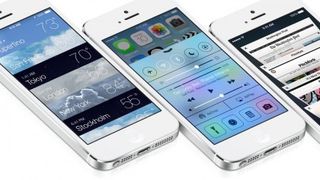
This technology, which will be built into iOS 7, is definitely one to watch. A developer could use iBeacons, essentially a location tracking tech that uses Bluetooth Low Power, to determine the path a customer takes through a store, where they stop to browse, and how often someone stops in a department.
- Want more futuristic tech that's here right now? Check out the city that's ruled by self driving cars.
John Brandon has covered gadgets and cars for the past 12 years having published over 12,000 articles and tested nearly 8,000 products. He's nothing if not prolific. Before starting his writing career, he led an Information Design practice at a large consumer electronics retailer in the US. His hobbies include deep sea exploration, complaining about the weather, and engineering a vast multiverse conspiracy.

